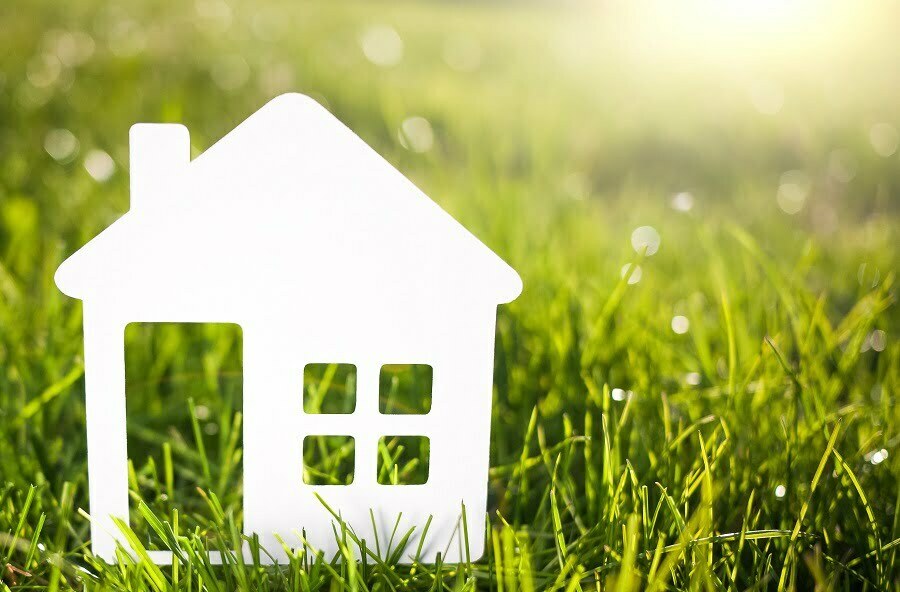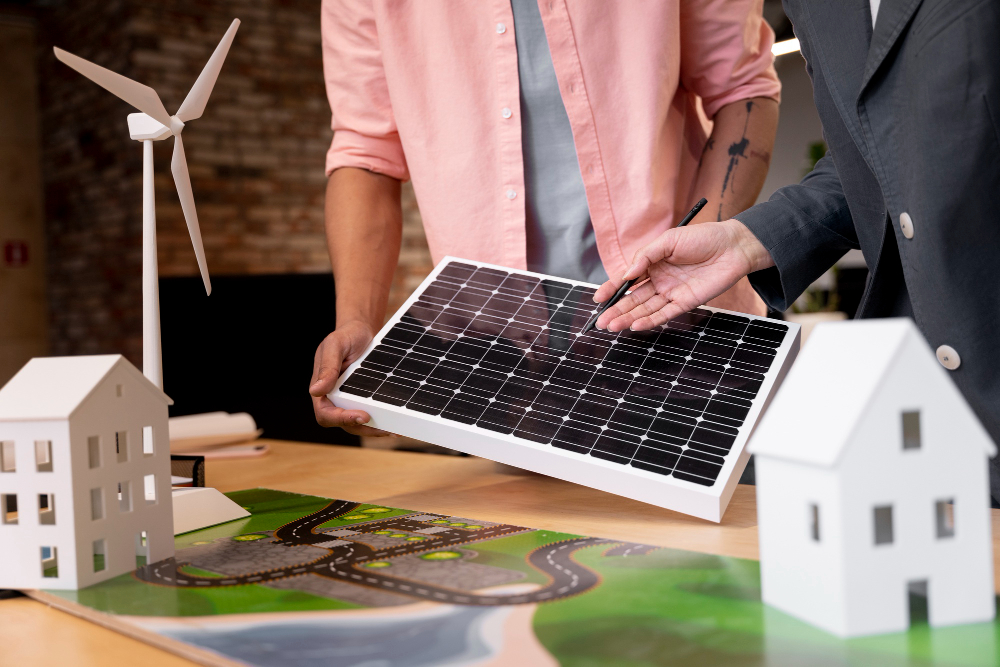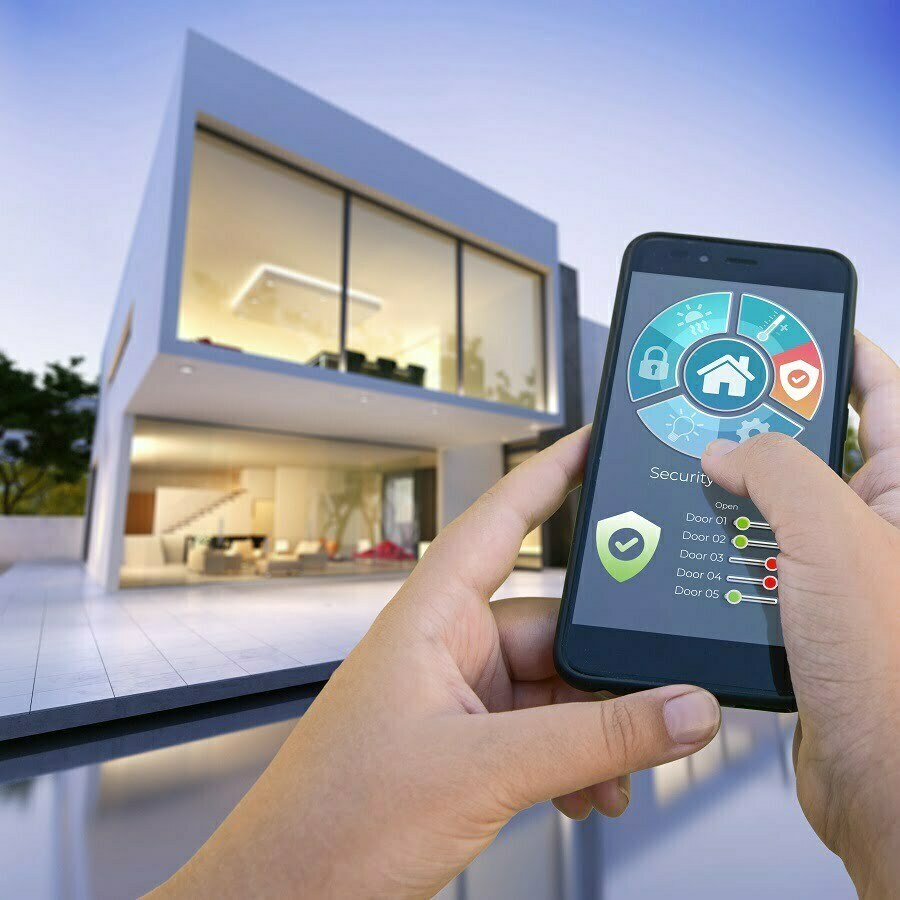Last updated on
What does it mean to be LEED-certified, what is the importance of the certification and how to obtain it? Learn all about it in this article.
The demand for more sustainable buildings is growing. Both the tenants and the shareholders are becoming more interested in the so-called green buildings and moving away from the old, outdated practices that had little regard for the environment. Thus, people in the industry — architects, designers, engineers, property managers, etc. — are required to take responsibility for the environmental impact of their buildings.
The best way to ensure that a building is sustainable and environmentally responsible is through LEED certification. In this article, we will define LEED, discuss the benefits that come with it, and explain how to obtain LEED certification.
What is LEED Certification?

Developed by USGBC, LEED (Leadership in Energy and Environmental Design) is a widely recognized green building rating system. LEED provides a framework for cost-effective, efficient, healthy buildings and is available for both residential and commercial buildings.
LEED certification, in turn, is a globally recognized verification that sustainable strategies and materials were (or will be) used in the process of designing and building a property. LEED-certified buildings take environmental impact into consideration every step of the way. As a result, during the design process, the focus is put on water efficiency, energy savings, improved indoor air quality, and reduced carbon emissions.
The Importance of Being LEED Certified
The benefits of LEED certification are threefold: it’s beneficial for you, the occupants of your building, and the environment.
LEED Certification Benefits For You
First of all, LEED certification shows that you are serious in your intent to design and build environmentally responsible buildings. Not only will that improve your reputation, but it will also give you an opportunity to become a leader in the market. As more people are becoming interested in sustainability in all areas of life, LEED certification could lead to more business coming your way.
What’s more, being LEED-certified has financial benefits. Namely, green buildings cost less to operate, since they are designed with sustainability as the prime focus. As a result, water and energy bills will be lower and less waste will be generated. In addition, LEED-certified buildings have higher lease-up rates and might qualify for a tax rebate.
LEED Certification Benefits For Tenants
The Environmental Protection Agency has reported that, in some cases, indoor air can be two to five times more polluted than outdoor air. In LEED-certified buildings, indoor air quality is one of the priorities. Such structures must have proper ventilation and air filters that will reduce mold and mildew. With indoor air quality improved, green buildings become healthier and more productive workplaces.
LEED certification is especially important for schools and healthcare facilities, as cleaner air, more access to daylight, and no harmful chemicals in paints and finishes reduce anxiety, stress, and risk of respiratory allergies, contributing to better learning or healing environment.
LEED Certification Benefits For The Environment
LEED-certified buildings don’t put a strain on the environment in the way that non-green buildings do. In fact, a UC Berkeley study from 2014 discovered that LEED buildings contribute up to 50% fewer greenhouse gases. That, of course, comes as no surprise when we consider that LEED buildings prioritize water conservation and waste reduction.
What’s more, USGBC reports more ways in which LEED buildings have helped the environment compared to conventionally designed buildings:
- 34% lower CO2 emissions
- 25% less energy consumed
- 11% less water consumed
How to Get LEED Certified?
The most current standard is LEED v4.1. Like its predecessors, it includes the framework for virtually all buildings, new and existing, residential and commercial. To obtain LEED certification, your project has to meet the requirements and achieve a certain number of points in one of the rating systems. Which rating system you should use to rate your project will naturally depend on its type. In LEED v4.1, there are six rating systems:
- Building Design and Construction (BD + C)
- Interior Design and Construction
- Operations and Maintenance (O + M)
- Residential
- Cities and Communities
- Recertification
Each of these rating systems consists of different categories, according to which your project earns points.
Thus, the first step for you is to determine which rating system your project falls under. Then, you need to evaluate the criteria in each category and determine the number of points you can get. The categories for building design and construction, for example, include the following:
- Sustainable sites
- Water efficiency
- Indoor air quality
- Energy and atmosphere
- Materials and resources
You should know that you’ll be required to pay a certification fee and a registration fee before you can start your LEED certification. The fees range from $900 to $5,000, depending on the size of your project and your LEED certification goals.
Then you can start submitting data on the number of points your project achieves. Buildings and homes can get up to 110 points, based on the level of sustainability that a project achieves. The more points a project gets, the higher its LEED certification will be:
- 40 — 49 points: LEED Certified
- 50 — 59 points: Silver Certification
- 60 — 70: Gold Certification
- 80+ points: Platinum Certification
Final Steps
After you submit your points, you need to wait for the USGBC’s Green Institute to review your application. That process typically takes 20-25 business days. Once your building gets a LEED certification, it can never lose it. However, sustainability is not a one-time practice. Thus, you have the option to recertify and show that your building was not only designed to be a green building, but it continues to operate as one.
Related reading:
Table of Contents





